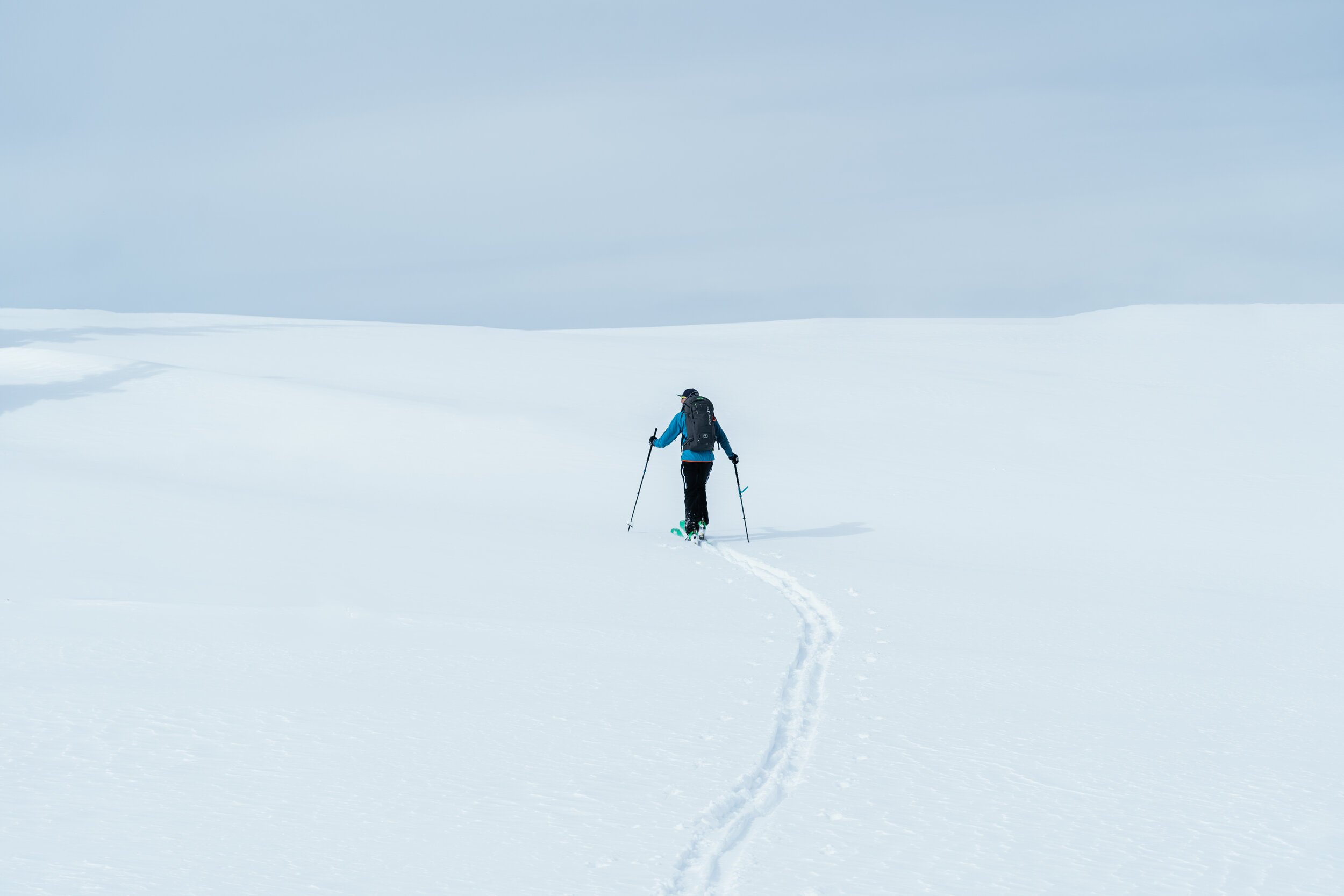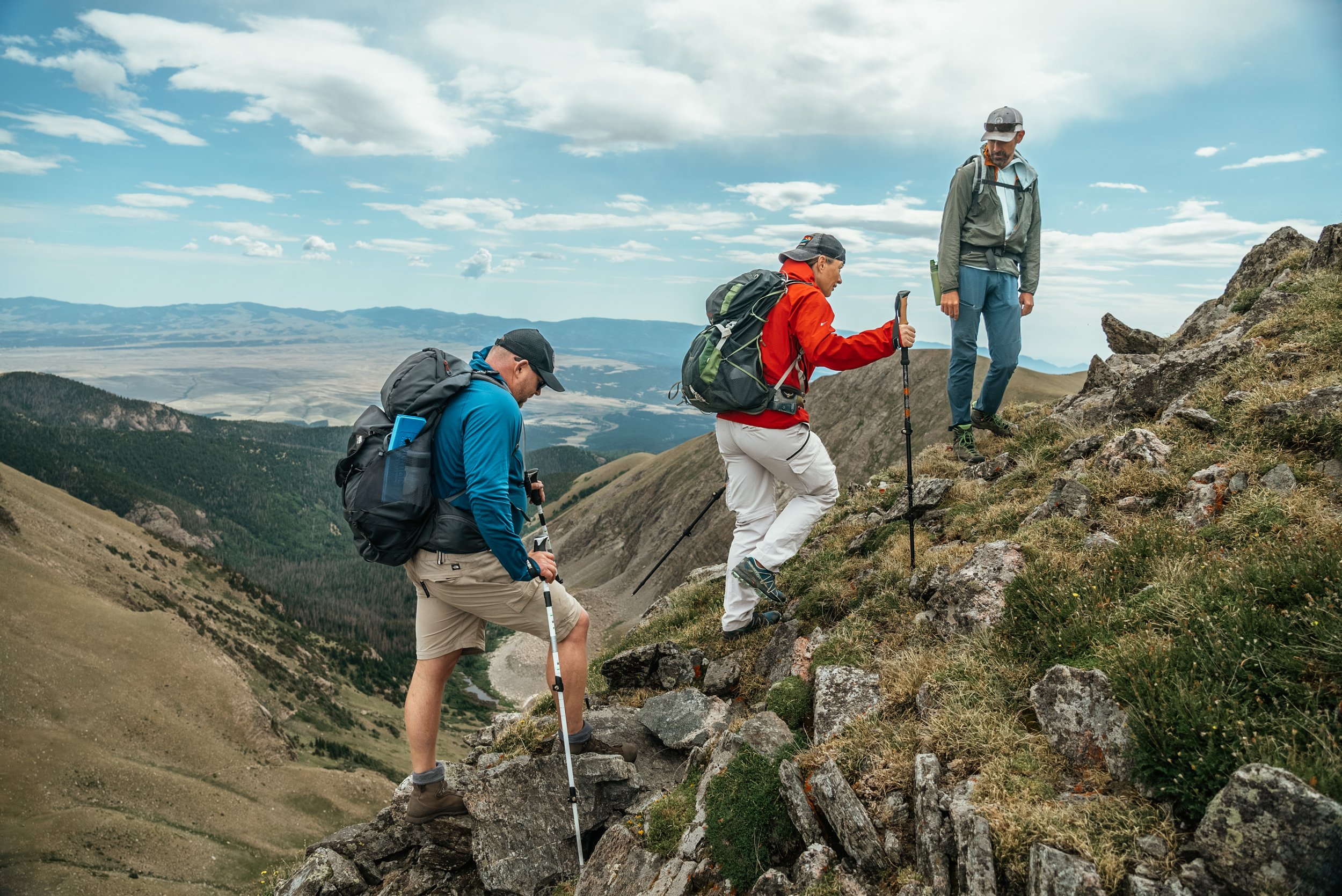Why Less is More in High Quality Storytelling
In 2024, storytelling has become a huge buzzword in the marketing industry - and for good reason. People enjoy high quality stories. In the outdoor industry, we’ve seen this become a staple of nearly every outdoor brand. Companies like Patagonia and Yeti first pushed the limits of branded documentary storytelling but it’s since transcended these forward thinking companies into a part of most company’s content strategy.
Statistics have shown increased engagement and brand loyalty for brands who sharing memorable stories of their athletes and members of the communities. That’s led to an interesting landscape for us adventure / documentary filmmakers. My work has transitioned from smaller scale niche projects for companies hoping to experiment in branded storytelling to larger campaigns with marketing dollars pushing it to audiences around the world.
Now, with increased budget and exposure, there’s increased expectations for better storytelling…
My job has a filmmaker has primarily revolved around telling meaningful stories, and I’m always trying to improve. My first documentary about a mountain guide getting his international mountain guiding certification had a pretty simple premise - somebody wants something and has to overcome something to get it.
My more recent projects feature up to a dozen people, all with their own nuanced stories, that are each experiencing their own emotions - but that’s what high quality stories contain. When we watch movies we don’t watch one character, we follow multiple characters through a variety of situations and emotions.
The Impacts of Complex Storytelling
When the complexity in storytelling increases, I’ve discovered that the production tends to increase as well. I’m interviewing more people, talking about more sensitive topics (I’ve cried in almost a dozen interviews over the past year learning about what some people go through), and scheduling more shoot days to capture more aspects of their story.
Then, I bring that footage together in an editing software and try to piece the story together. The reality of that means sitting at a computer moving around a bunch of clips, everything from iPhones to GoPros to Hollywood level cinema cameras.
Documentary Storytelling happens in the Editing room
Pete on an editing break about to steal all my barrels
Pete Mortimer, my good friend and Emmy-winning director of acclaimed rock climbing films such as Reel Rock, Dawn Wall, and The Alpinist still edits every film he makes. His films not only win most of the film festivals I’m presenting at but his feature films can be found on Netflix, HBO, Hulu and all the major streaming platforms.
When I was surfing in Nicaragua with him in the spring of 2023 after we had a five-day, 20hr/day co-editing session for one of his films starring Free Solo star Alex Honnold, he told me “Dude, editing is how these stories get crafted. I can’t imagine being a documentary director without editing it myself. It’s like saying you’re an author and you come up with an idea then pay others to write it.”
That comment changed my life.
I’ve discovered the best stories and the best films, are constantly honing in on simplicity. When Pete edits his films, he takes out words in the middle of people sentences to make it flow better. He’ll go as microscopic as removing moments where his characters breathe in an interview if it makes the montage scene less impactful. Don’t believe me? Check out how much information and emotion he can communicate in the first 60 seconds of this video. Less is more…
So, if quality storytelling happens in the editing room, what does that mean for the filming side of these branded documentaries?
Cameras Aren’t As Important As We Think
Well, to the dismay of my camera operating skills, there’s diminishing returns from meaningful storytelling when shooting these documentaries. For many of my projects with brands, I film and edit it myself.
The benefit of that is that I get to film from an editors perspective. I know the moments that get used and know when to pull my camera out and when to put it away to save myself time and creative energy on the backend. As expectations and budgets increase with the need for higher quality storytelling, the benefits aren’t going to occur with the differences in cameras.
Many of the new cameras today have leveled the playing field as the developments in technology continue to rise.
To provide a concrete example, a Hollywood sci-fi movie with a budget of $80 million (and grossed $104 million) was shot on the exact same camera as my recent surf/environmental documentary series “The Goat Surf Club in Senegal”. So, when I hear that my camera isn’t as good as a higher end cinema camera I cringe knowing that the limits to telling higher quality and more memorable stories come from my abilities as an editor to craft a narrative, not from the camera I use.
Matt McElroy, professional triathlete on Team USA for World Triathlon, with his son in the pool after a training session preparing for the 2024 Paris Olympics.
Storytelling through adventure / documentary filmmaking isn’t simple. It’s a messy, complex process. There’s never one way to tell a story and I’m still trying to figure out the best ways to capture someone’s emotional journey on film. Whether this theme of branded content continues in the outdoor industry or not, I think there will always be a craving for good storytellers.
So, I’ll just be over here trying to remove barriers until I find the perfect, most simple and beautiful way to share these complex stories. Less is more.
Let’s Connect
Roo is a commercial/documentary filmmaker and photographer based in Boulder, Colorado but travels all around the world for his filmmaking career. He has directed documentaries for Patagonia in California, produced films for Outside Magazine throughout Europe and Africa, camera operated for Netflix in the Rocky Mountain West, photographed among indigenous communities in South America, and has received notable recognition in his hometown of Orcas Island in Washington State for his work telling uplifting stories in the outdoor space.







